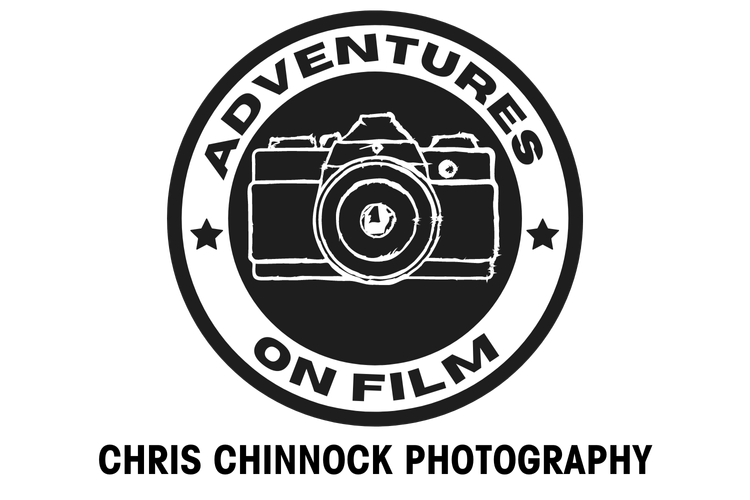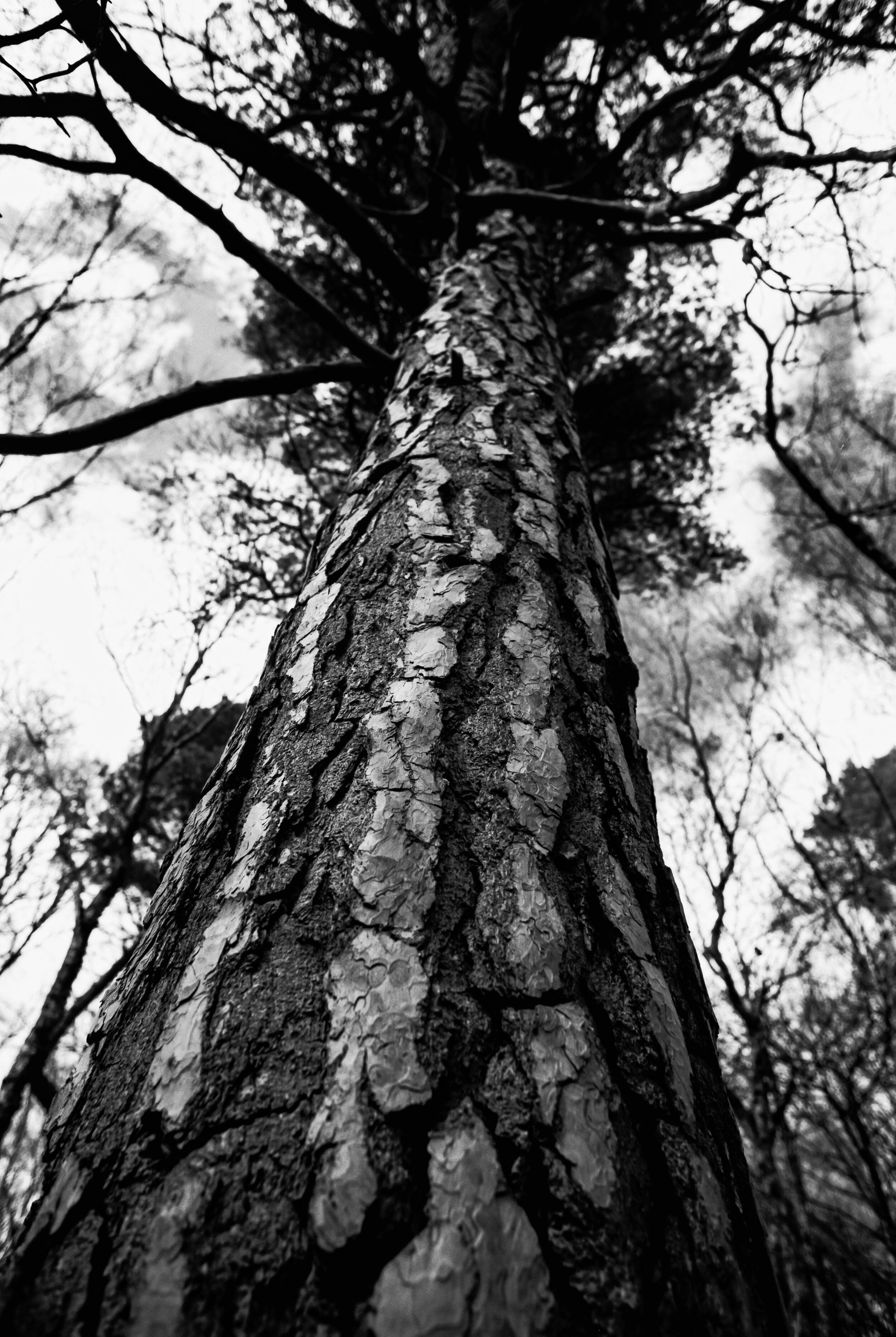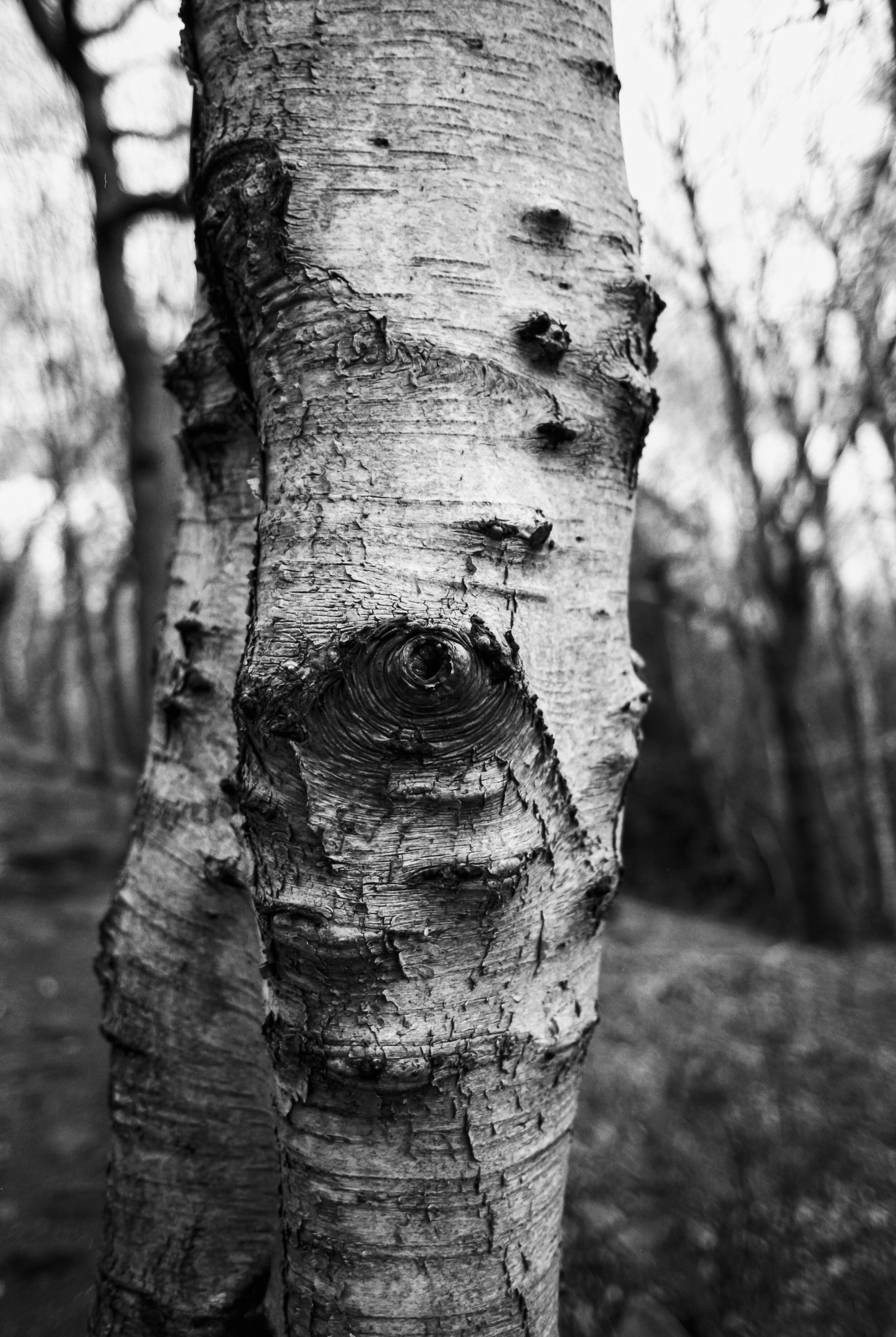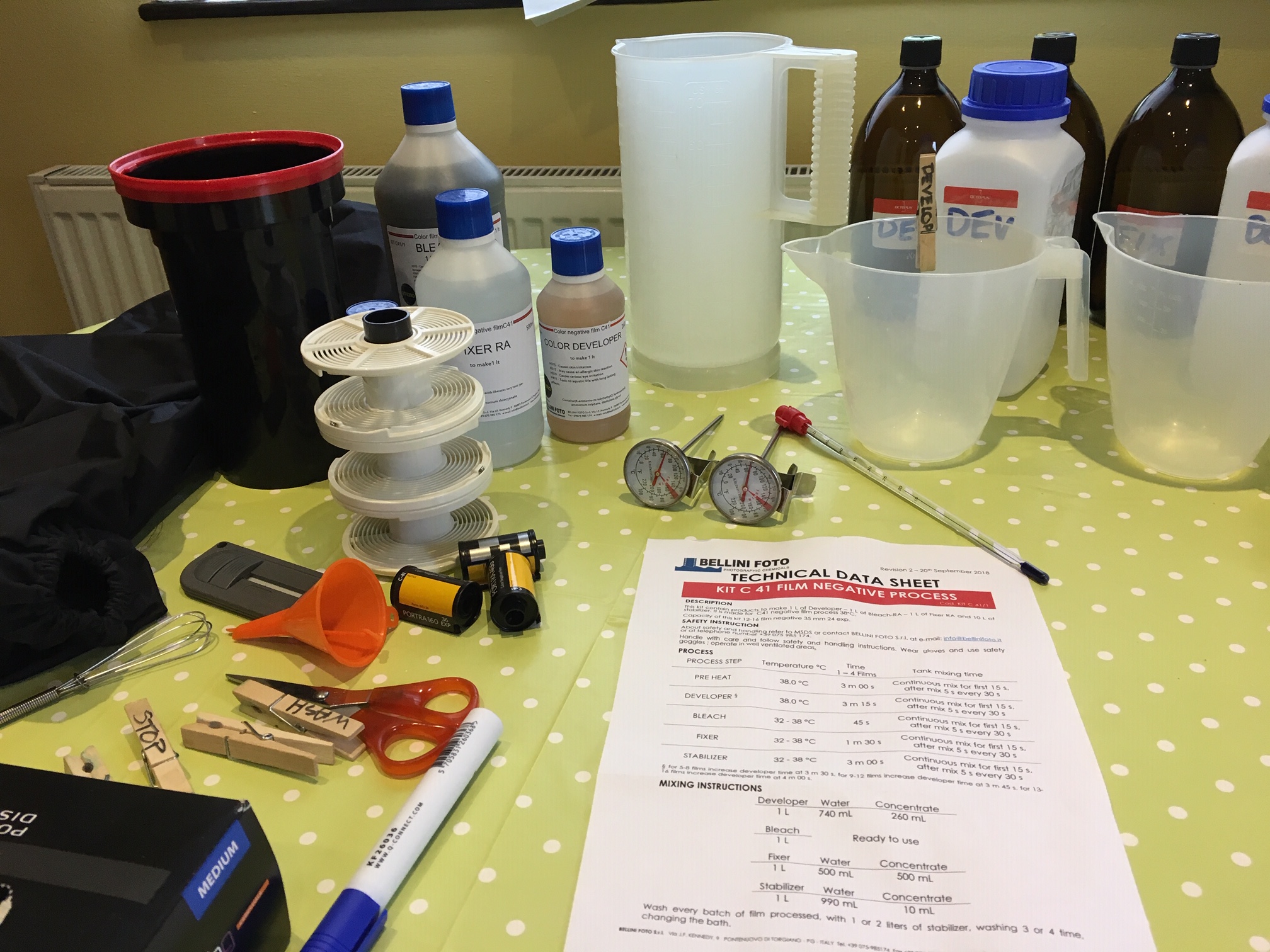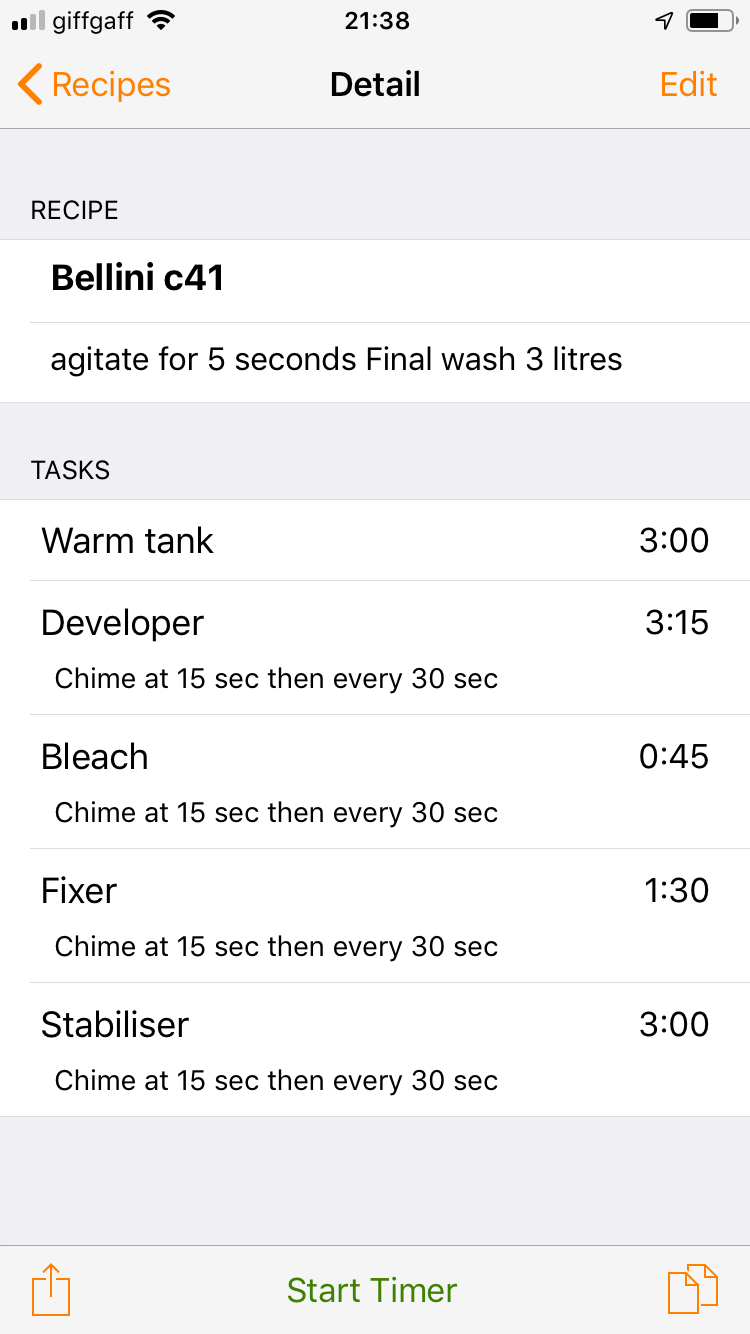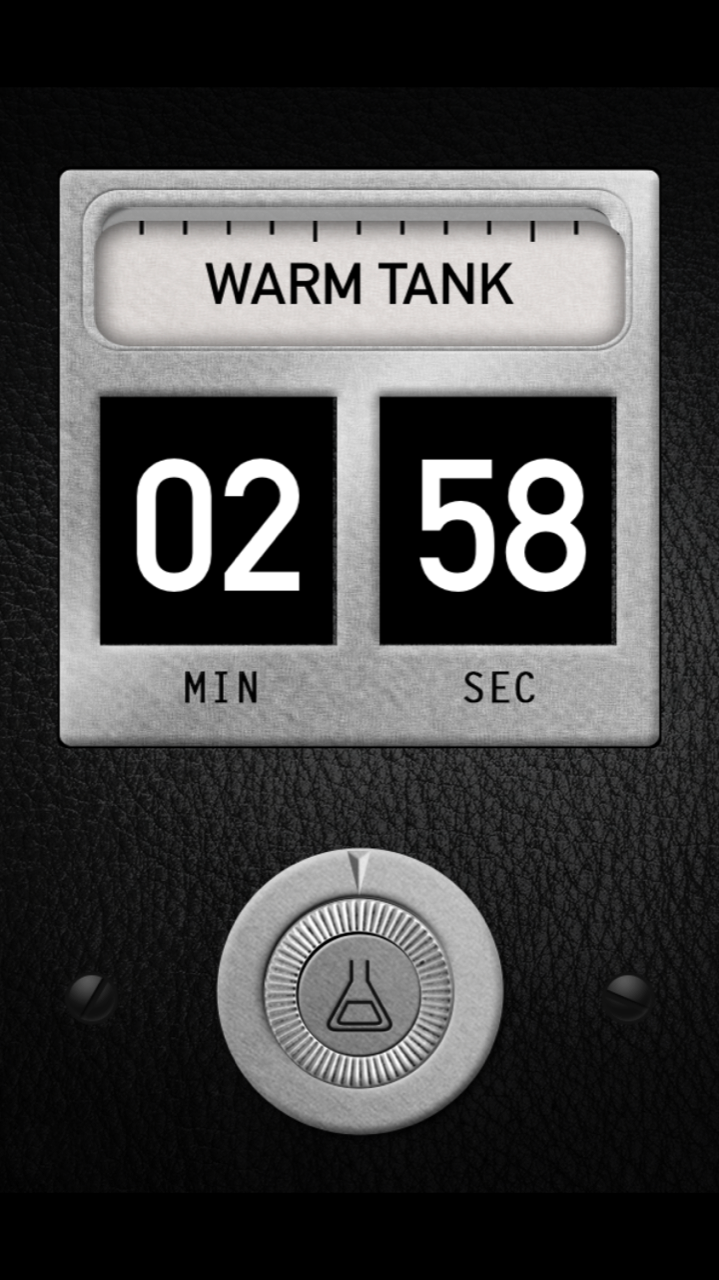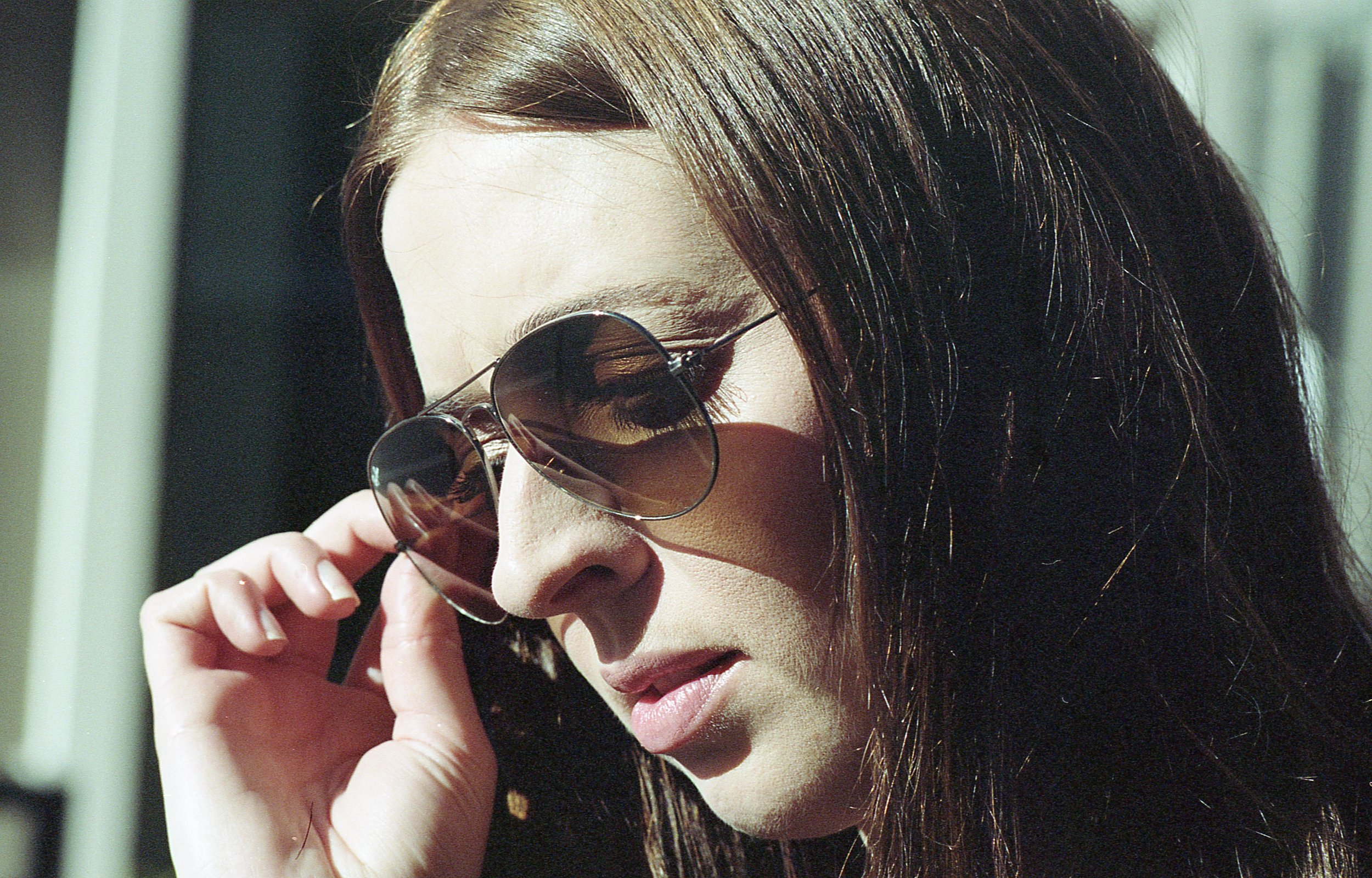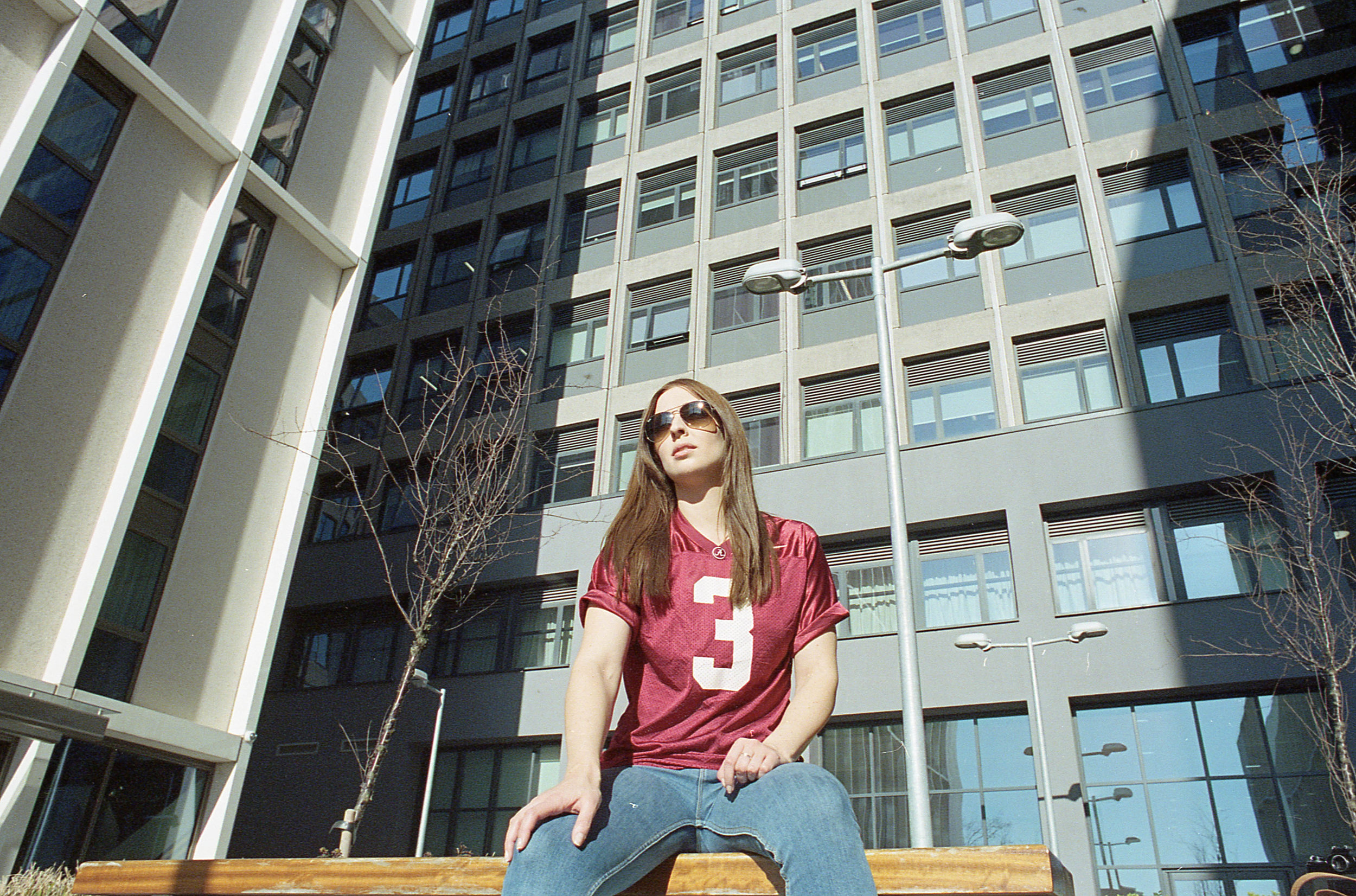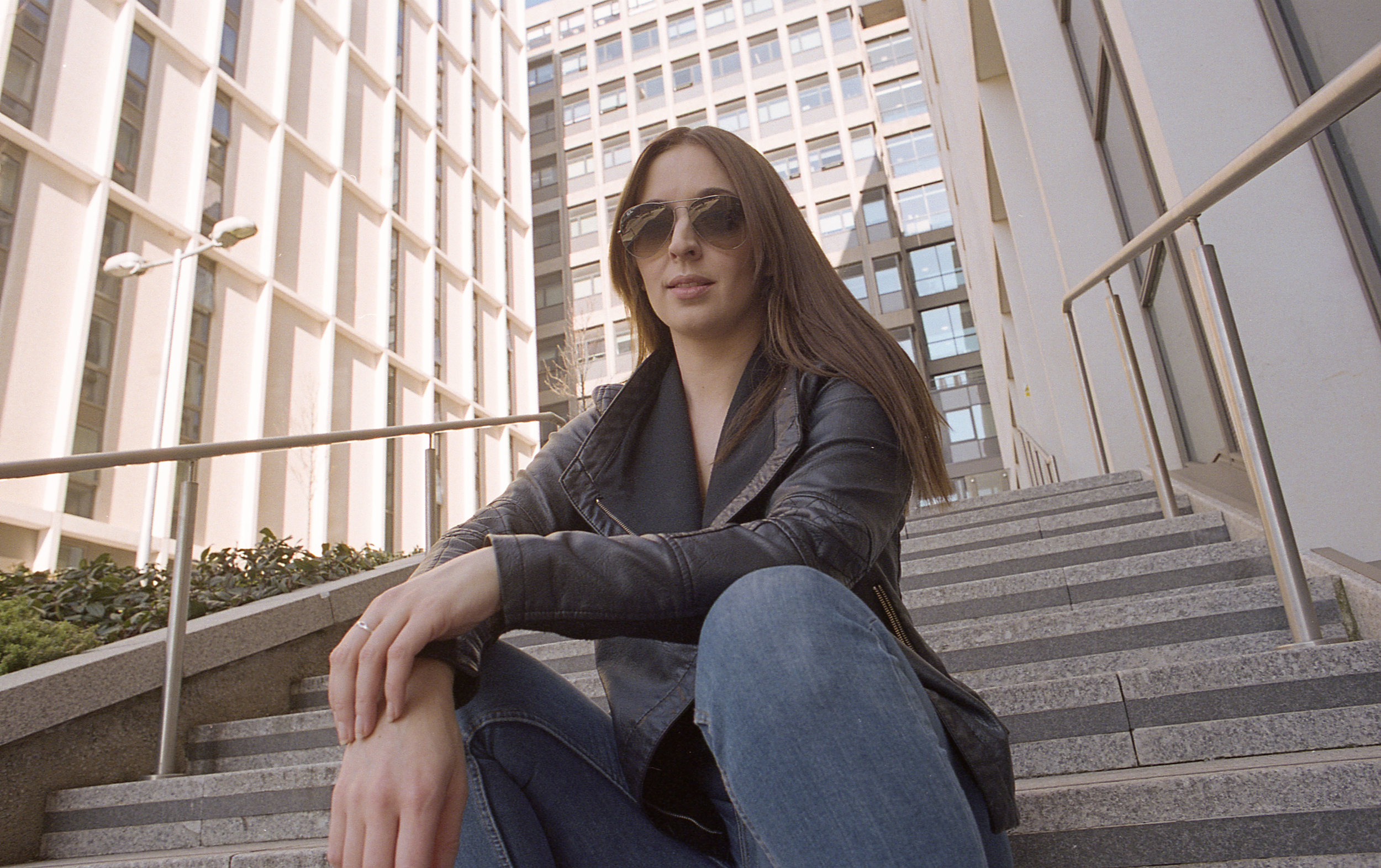As I write these words it’s been a couple of weeks since our first ever workshop at the Adventures on Film Darkroom and I am STILL buzzing from the experience!
Three people took part in this workshop - all of whom had shot with film in the past but were looking to get back into it, brush up on their skills and learn some new ones too.
The format for the day was a location based portrait shoot with our wonderful model and long time creative collaborator Danni, after which we then went into the Darkroom to develop our film and create some prints.
You’ll have no doubt noticed the preponderance of video in this blog - yes friends I’ve recently rejoined Instagram after a long hiatus - I have been enjoying creating some video reels of our workshop shenanigans! Give us a follow HERE
A lot of work went in to getting the darkroom ready to welcome our first guests and we had a wonderful day together shooting portraits, developing the film and making some prints.
A huge thank you to Gary, Andrew and Damian for taking part and of course to Danni for being such an amazing model and to Jony Hunter for shooting the video and BTS shots of the day!
We’re going to be organising some regular workshops beginning in the new year covering so watch this space for details and if you’re interested in taking part then please see HERE for more details or get in touch via email info@chrischinnockphotography.com
